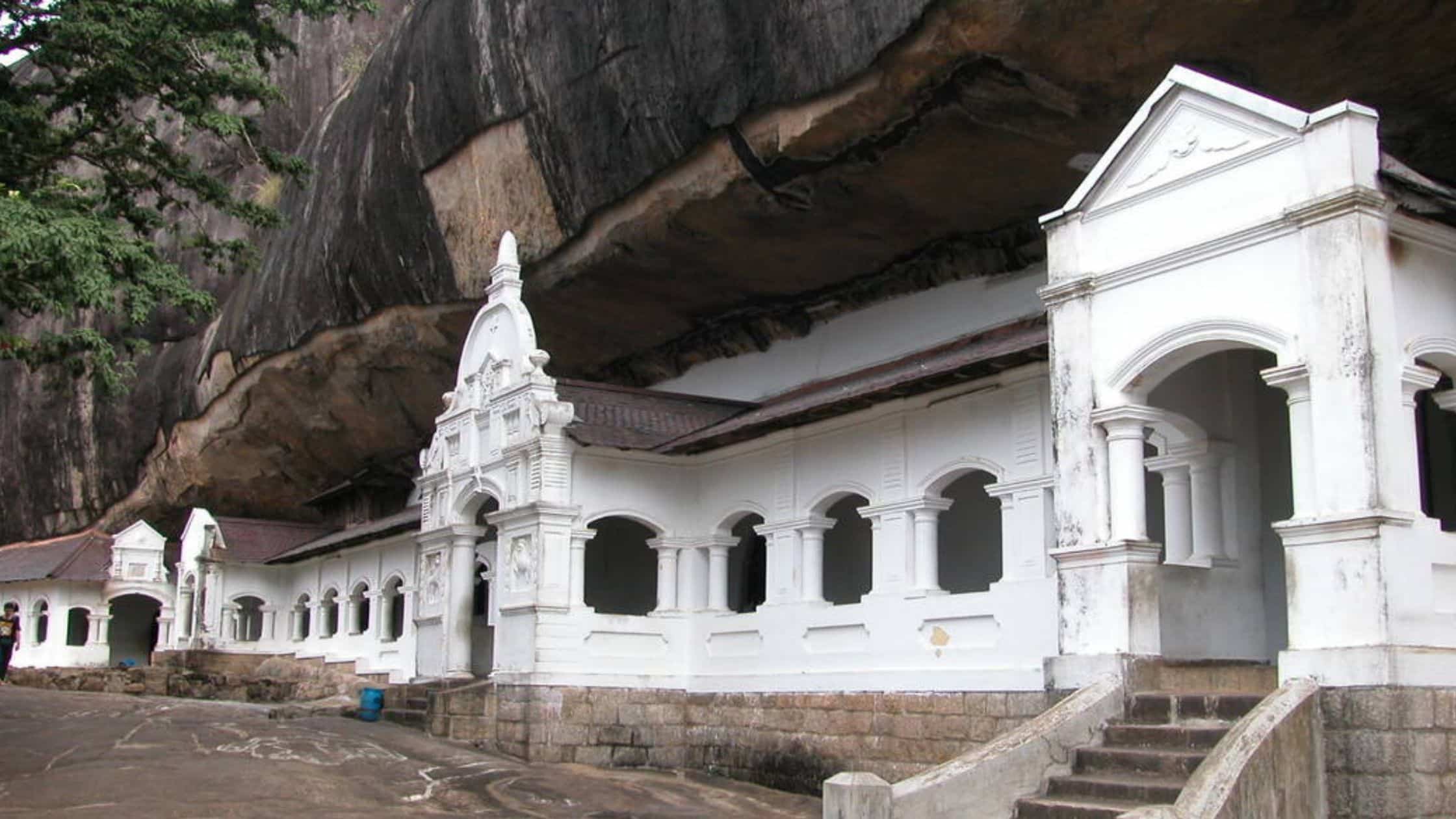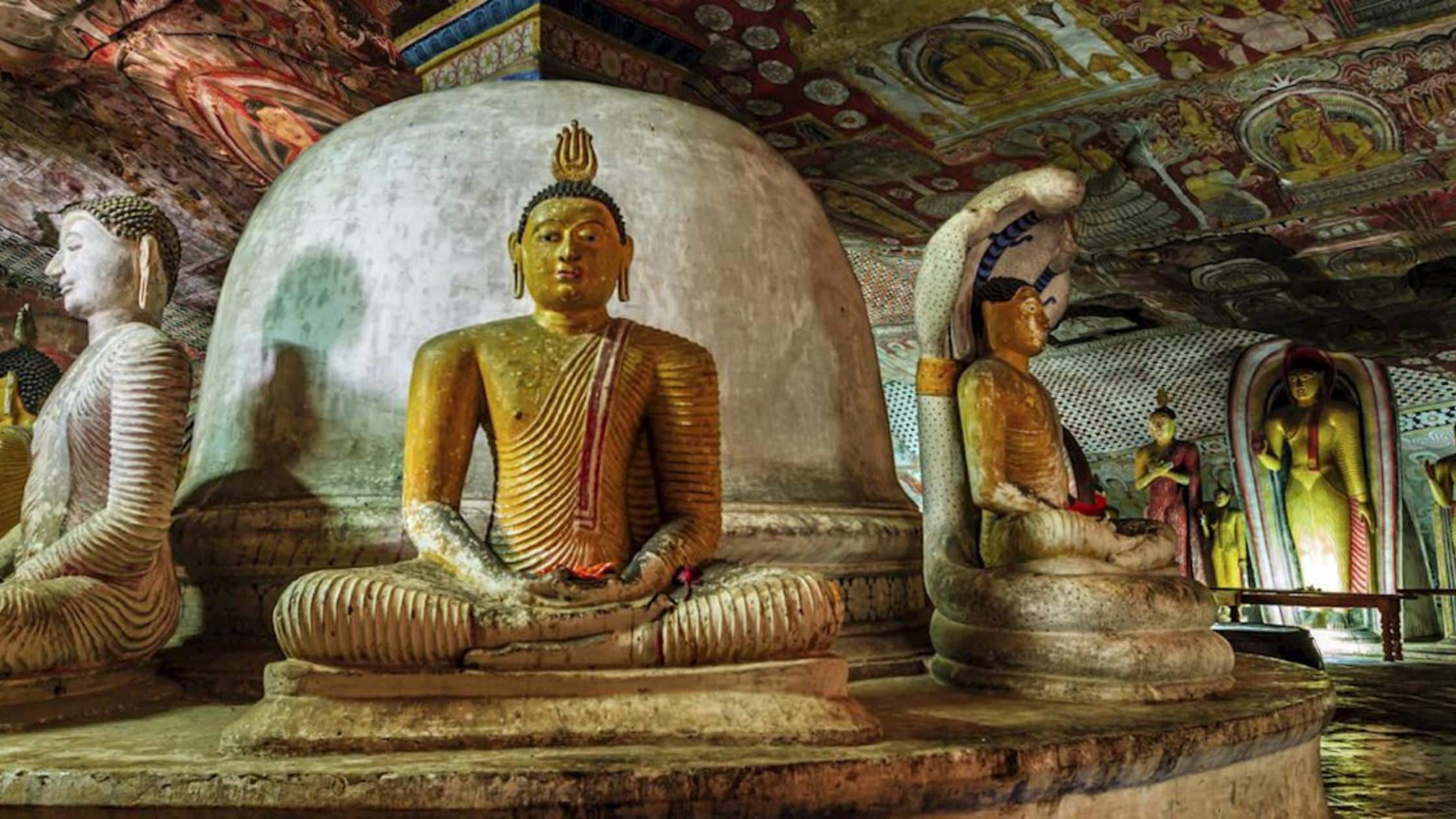Schedule Free Estimate
10 Most Awesome Roofs Around The World That You Probably Haven’t Heard Of.
We often forget about our roofs until it rains and leaks but roofs can be a lot of fun! And I’m not just saying that because I work for a roofing company. Hear me out. Did you know? Throughout history, roofs have been used as symbols of wealth and social status. In many cultures, the type and quality of materials used for roofing, as well as the style and design of the roof itself, were considered indicators of the wealth and status of the building’s owner.
For example, in ancient Rome, the wealthiest citizens had houses with roofs made of marble or decorated with intricate designs and elaborate sculptures. Similarly, in medieval Europe, wealthy nobles often had elaborate roofs made of materials such as slate, copper, or lead, while peasants typically had simpler thatched roofs made of straw or reeds.
Even today, in many parts of the world, the size, design, and quality of a person’s roof can still be seen as a status symbol. For example, in some parts of Asia, the use of red tiles on a roof is considered a sign of prosperity and good fortune, while in Western countries, large and ornate roofs are often associated with luxury homes and high-end architecture.
If you haven’t left yet and are possibly sold on what I’m selling? Here are 10 of the Most Awesome Roofs Around the World That You Probably Haven’t Heard Of!!
10. Sigriya, Ancient Fortress Central Province, Sri Lanka
Sri Lanka, a small but beautiful tropical paradise Island Country located in the Indian Ocean, off the southeast coast of India. Despite its relatively small size Sri Lanka offers stunning landscapes, golden sandy beaches, and a rich culture that is a blend of ancient traditions and modern influences. Speaking of its ancient history, Sigriya, an ancient fortress in Sri Lanka, lies in the Central Province.
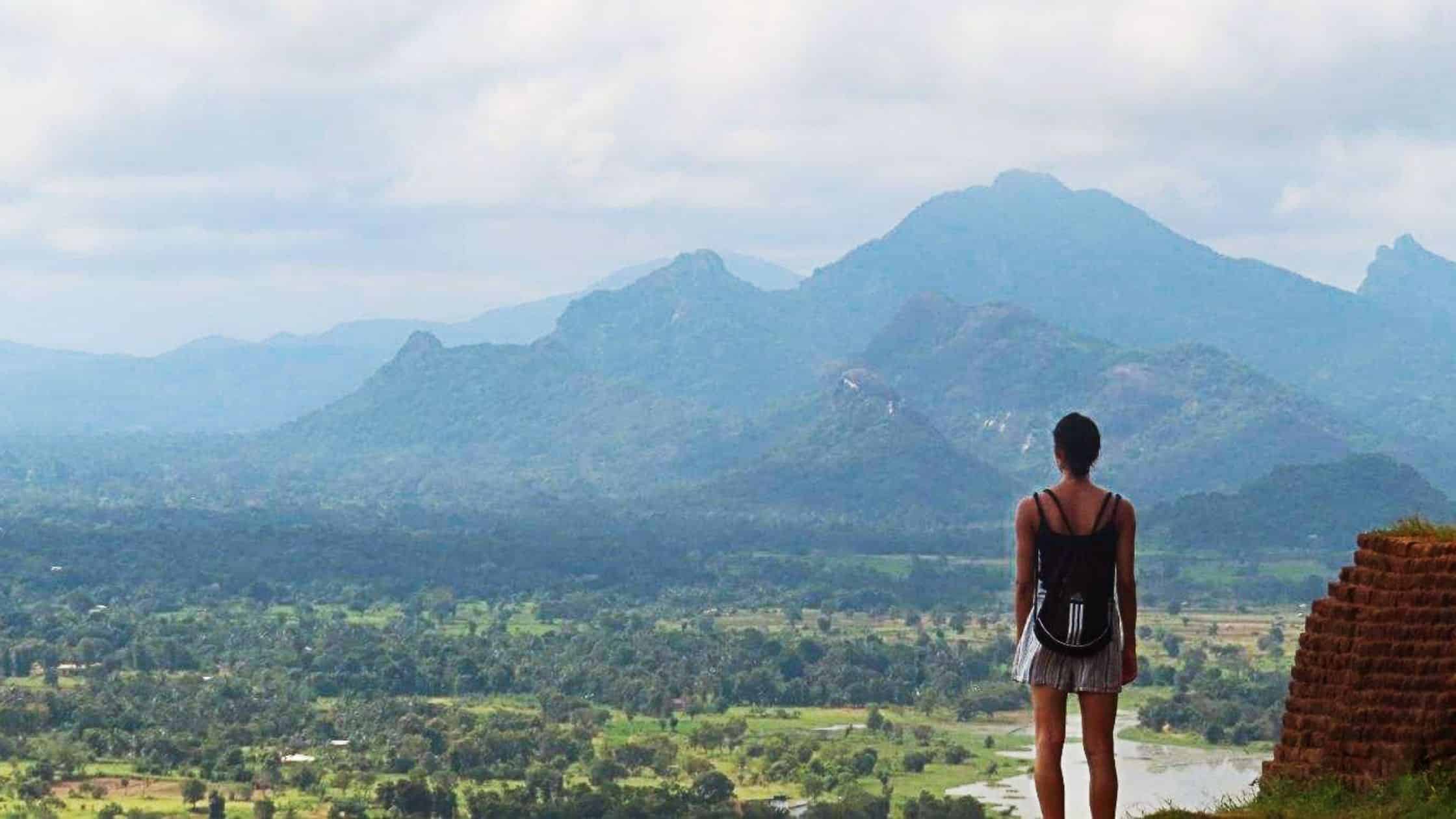 Sigiriya also known as the Lion Rock, architecture that is situated on a massive rock plateau. At the top, which is considered the roof of the fortress, are the ruins of a palace, where visitors can visit a throne room, bathing pool as well as numerous frescoes that depict beautiful women. But its most famous feature is the massive stone lion that once guarded the entrance to the palace, but today only the paws remain.
Sigiriya also known as the Lion Rock, architecture that is situated on a massive rock plateau. At the top, which is considered the roof of the fortress, are the ruins of a palace, where visitors can visit a throne room, bathing pool as well as numerous frescoes that depict beautiful women. But its most famous feature is the massive stone lion that once guarded the entrance to the palace, but today only the paws remain.
9. Sydney Opera House, Sydney, Australia
It may be a stretch to say you probably haven’t heard of the Opera House in Sydney, Australia as it has been featured in many popular films and television programs. But I’m going to add it to the list anyway.
Completed in 1973 but began construction in 1959, The Opera House features a unique design, consisting of a series of white sail-like “shells” that form the roof of the building.
The shells are made of precast concrete panels and are covered with more than a million white ceramic tiles. The building also includes a glass-walled foyer, a concert hall, a theater, a studio, and several restaurants and bars!
Although hard for us here at Central Roofing to visualize, peeling oranges was the original inspiration for the “shells” at the Sydney Opera House. That’s right, according to the Architect Jorn Utzon, he got the idea of the distinctive “shells” while sitting at a restaurant and watching someone peel an Orange. Again, we don’t see peeling Oranges, when we look at the “shells” but the story is true.
Overall, the Sydney Opera House is an architectural masterpiece and an important cultural landmark in Australia and the world.
 8. Royal Pavilion, Brighton, England, UK
8. Royal Pavilion, Brighton, England, UK
Located about 54 miles (87 kilometers) South of London, Brighton is the location of the former royal residence of King George IV, The Royal Pavilion.
The Royal Pavilion is notable for its distinctive architecture, which combines elements of Indian and Chinese design known as the Indo-Saracenic style.
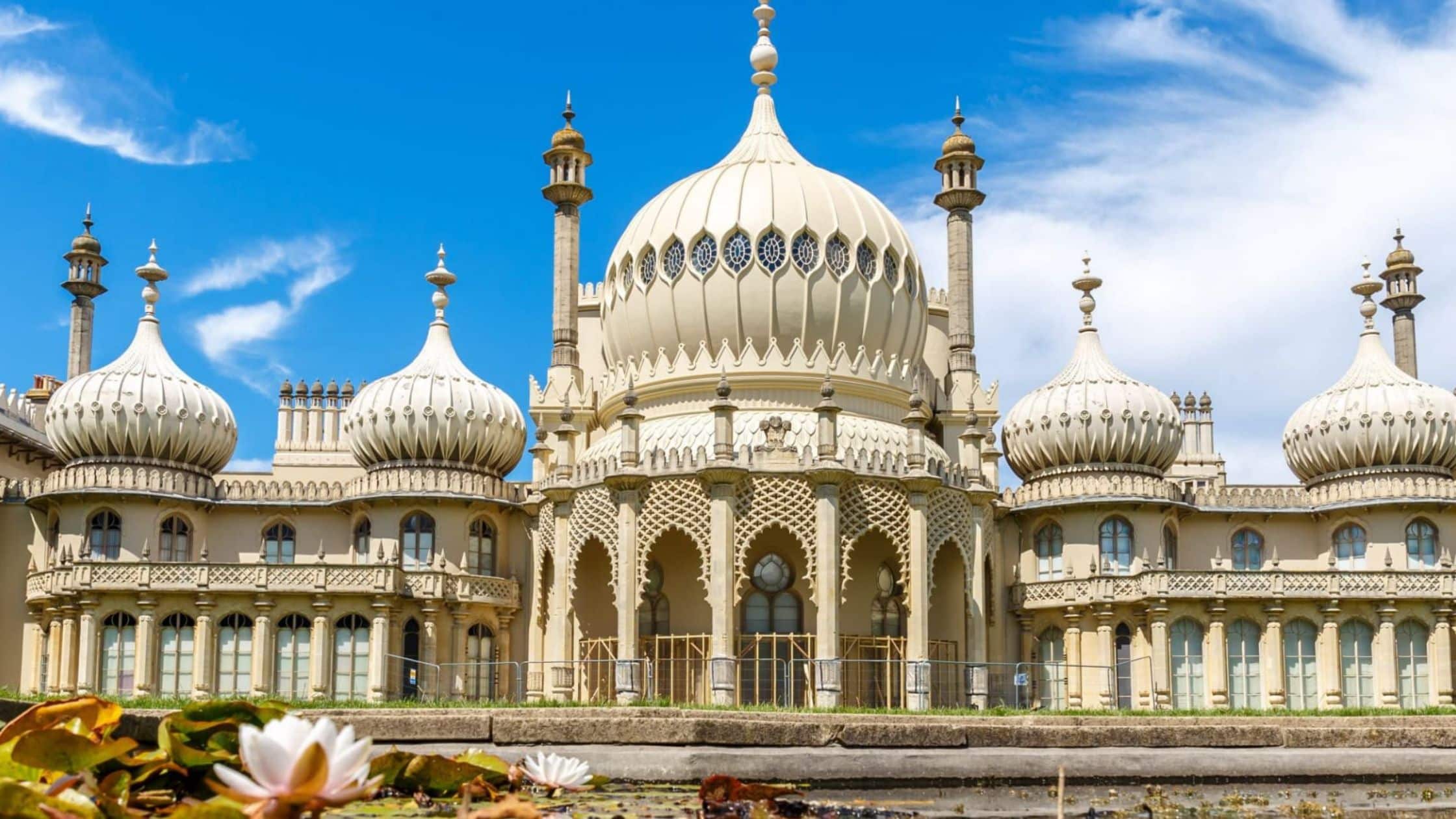
Although we think it’s impressive, famous author Jane Austen wasn’t impressed and thought it was a “strange-looking place…” when she visited the Royal Pavilion in 1815.
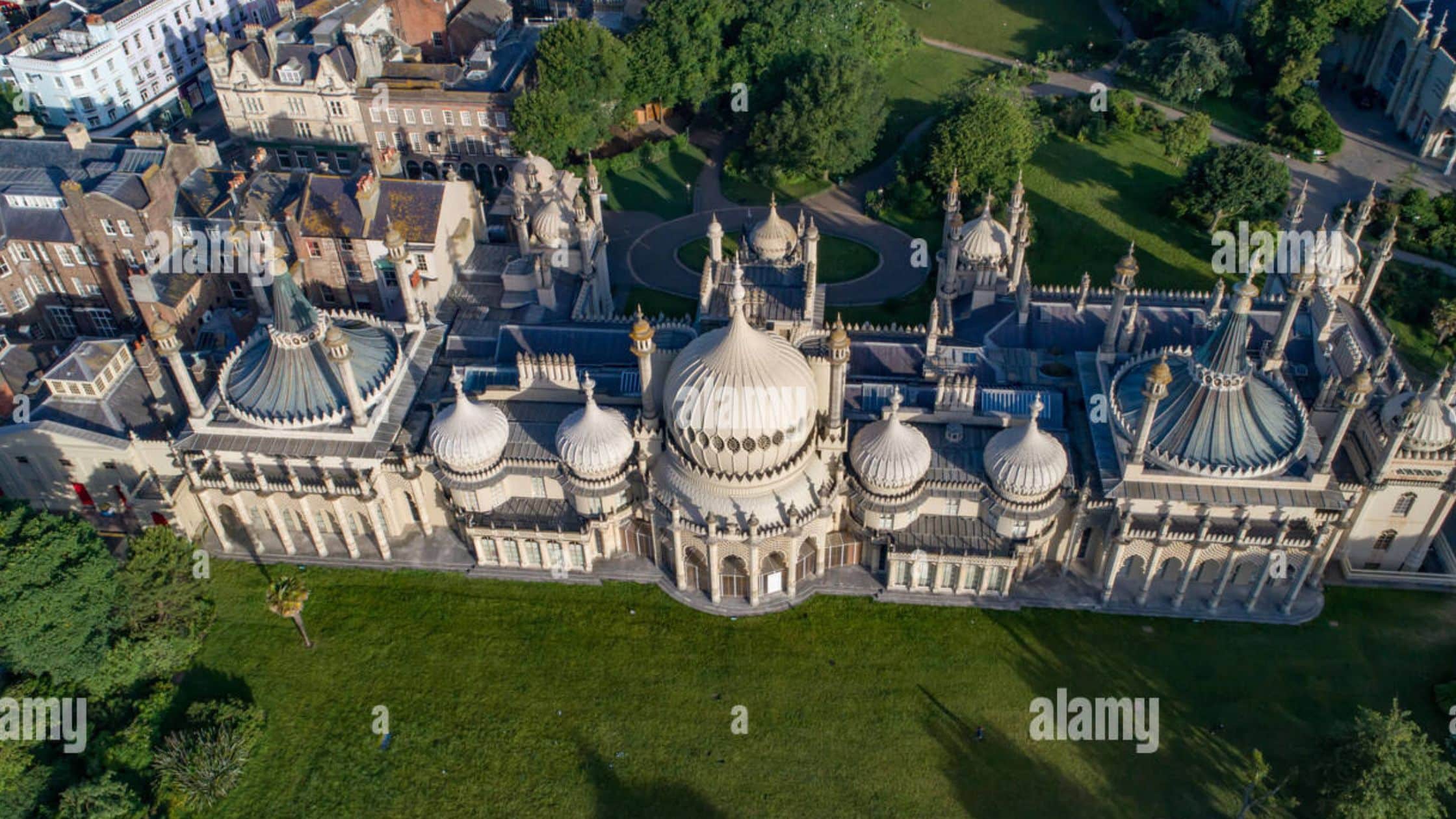
7. House Of Five Senses, Kaatsheuvel, Netherlands
The House of Five Senses is an interactive museum located in the town of Kaatsheuvel in the Netherlands. The museum offers a range of exhibits and activities designed to engage visitors’ senses and provide a unique sensory experience.
For the purposes of this article, we’re only going to look at the spectacular main entrance.

The 52-meter-high (171 ft) wooden construction has the largest reed roof (48437 square feet/ 4500 square meters) in the world, according to the Guinness Book of Records. Also, it kind of looks like Sauron’s Tower in Lord of the Rings.

6. The Thatch House, Charlevoix, Michigan, USA
The Thatch House was built in 1918 by Earl Young. Earl Young fresh out of quitting college after a year where he was studying architecture, built the Thatch house as his first home in 1918. He hated it! The design he felt was not his design but took influences from other architects. Originally the house didn’t have its distinct hobbit-home-style roof (Another Lord of the Rings reference, I swear I’m not a fan).

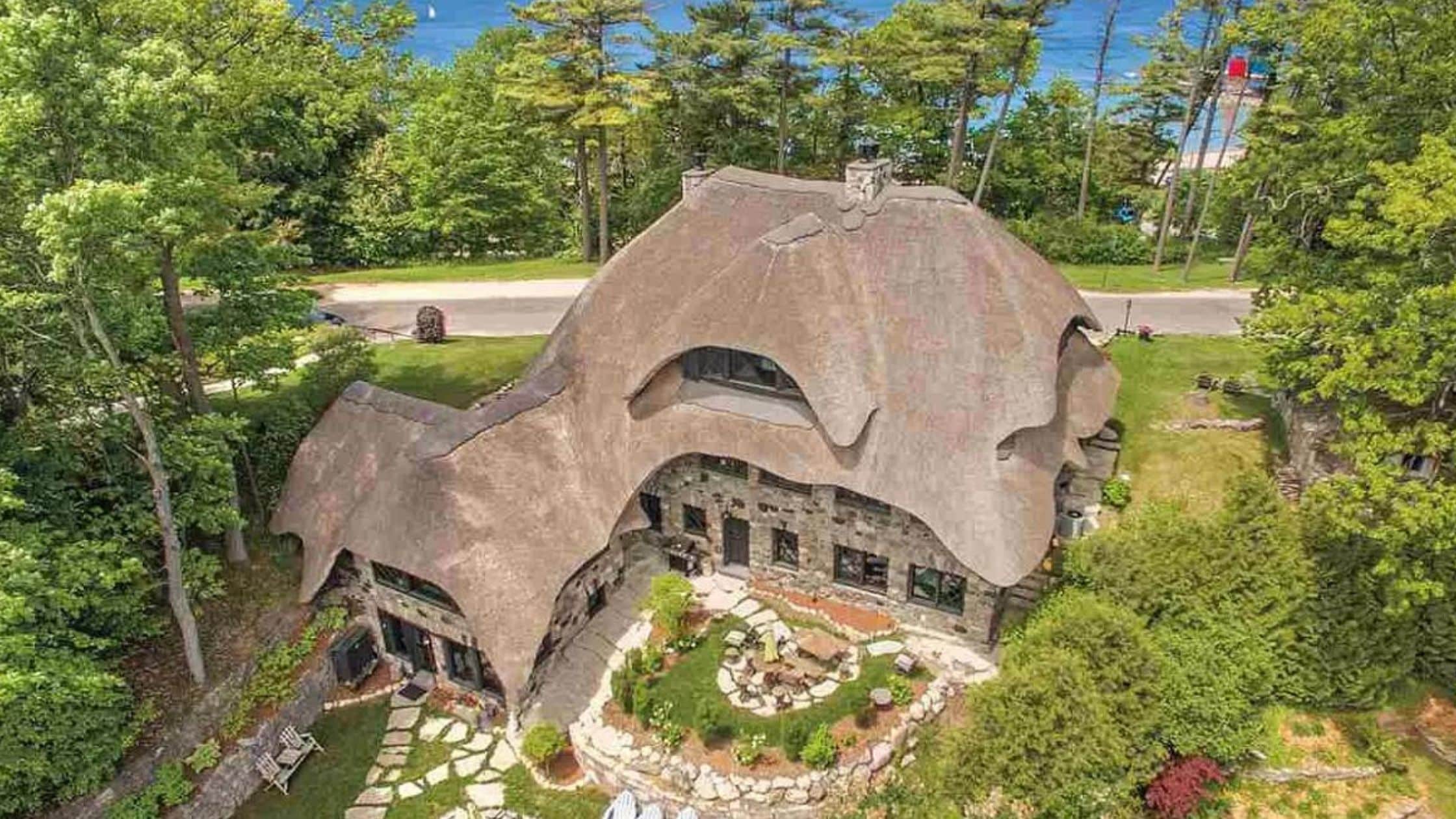
5. Himeji Castle, Himeji, Japan
Himeji Castle or also known as “White Heron Castle” due to its white exterior is a massive complex castle. It has 83 buildings, 3 moats, and many beautiful gardens.
Despite being heavily bombed in 1945 At the end of World War II, the castle is one of the finest surviving examples of early 17th-century Japanese castle architecture.

 4. Blue Domed Rooftops Oia, Greece
4. Blue Domed Rooftops Oia, Greece
The blue domes have become such a popular symbol of Greece that they are often featured in tourist brochures. The blue color of the domes is said to represent the sky and the sea which are both important elements of Greek culture and history.

3. Taj Mahal, Arga, India
Another bit of a stretch as the Taj Mahal is one of the most famous landmarks in India and is considered one of the greatest architectural masterpieces in the world.
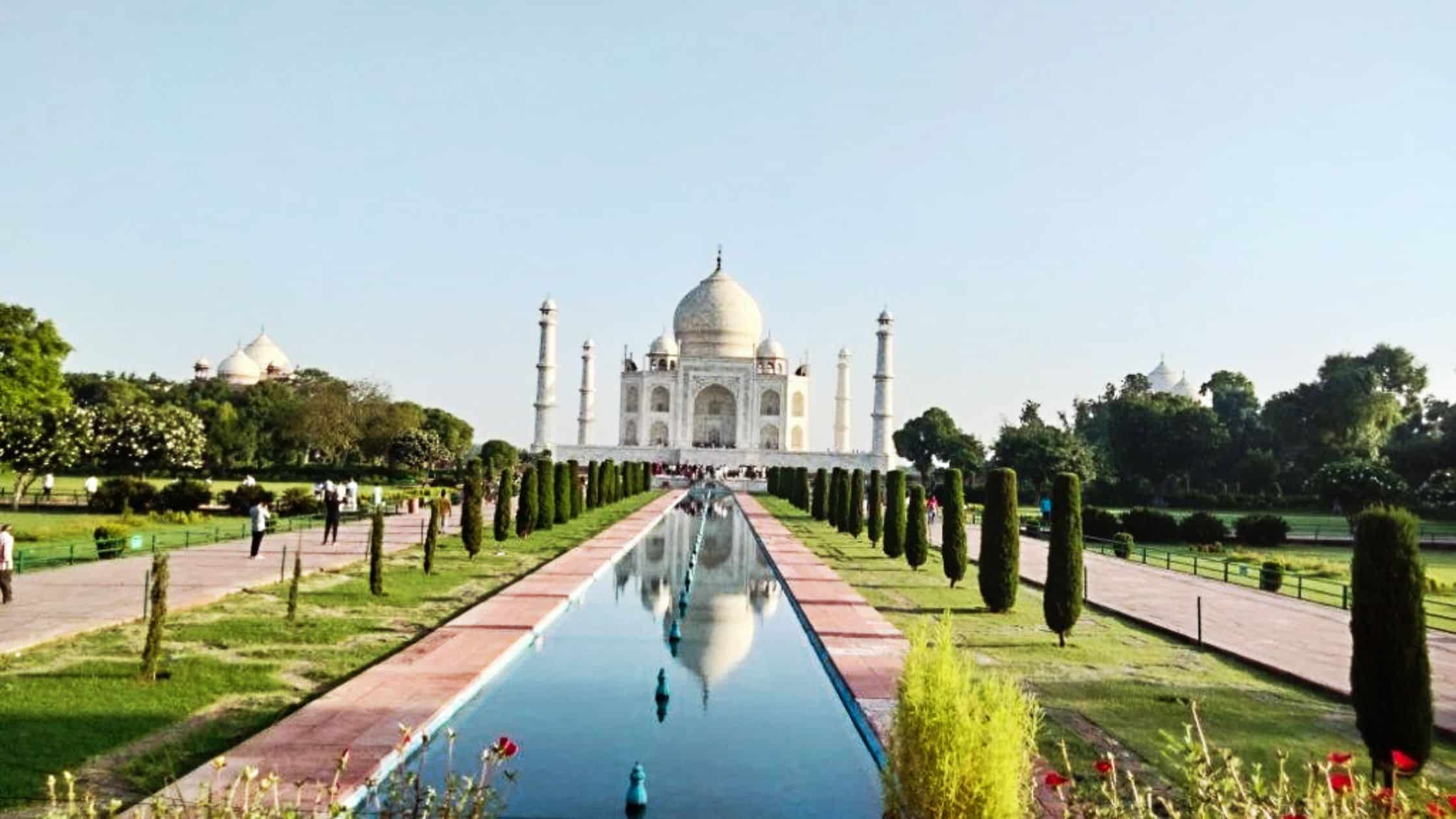
Additionally, the Taj Mahal changes color depending on the time of day and the season. It appears pinkish in the morning, white in the afternoon, and golden in the moonlight. No words can truly describe the beauty of the Taj Mahal and it’s no wonder it is considered to be one of the seven wonders of the world.
2. Thean Hou Temple, Malaysia
Built-in 1987 the Thean Hou Temple is a Chinese temple dedicated to the goddess Tian Hou (also known as Mazu), who is revered as the protector of seafarers.
Interestingly enough the temple’s architecture features elements of Buddhism, Taoism,, and Confucianism.

Dragons are an important symbol in Chinese culture, representing power, strength, and good luck.

Honorable mentions
Here are some honorable mentions that didn’t quite make the cut but should be mentioned nevertheless.
Rangiri Dambulla Cave Temple, Dambulla, Sri Lanka
We’re going back to Sri Lanka, this time to the north Matale District in the Central Province. This temple is made up of five different caves. The caves contain several statues of Buddha as well as delicate carvings and intricate murals.
The temple is over 2,000 years old and one of the historically significant sites in Sri Lanka. It is a must-visit destination for anyone visiting the beautiful island nation.
Terracotta rooftops, Dubrovnik Croatia.
If you’ve watched Game of Thrones then you’ve seen the terracotta rooftops of Dubrovnik, Croatia.
The rooftops are one of the city’s most iconic features for centuries.

Despite the challenges posed by natural disasters, wars, and other threats over the centuries, the terracotta rooftops still stand as a symbol of Dubrovnik’s resilience, ingenuity, and enduring beauty.
#1 Wat Rong Khun Thailand Buddhist Temple
It was a hard choice but we’re finally down to number 1, the Wat Rong Khun Temple in Thailand.
Wat Rung Khun (also known as the White Temple) was designed and almost completely funded by architect Chalermchai Kositpipat in 1997.
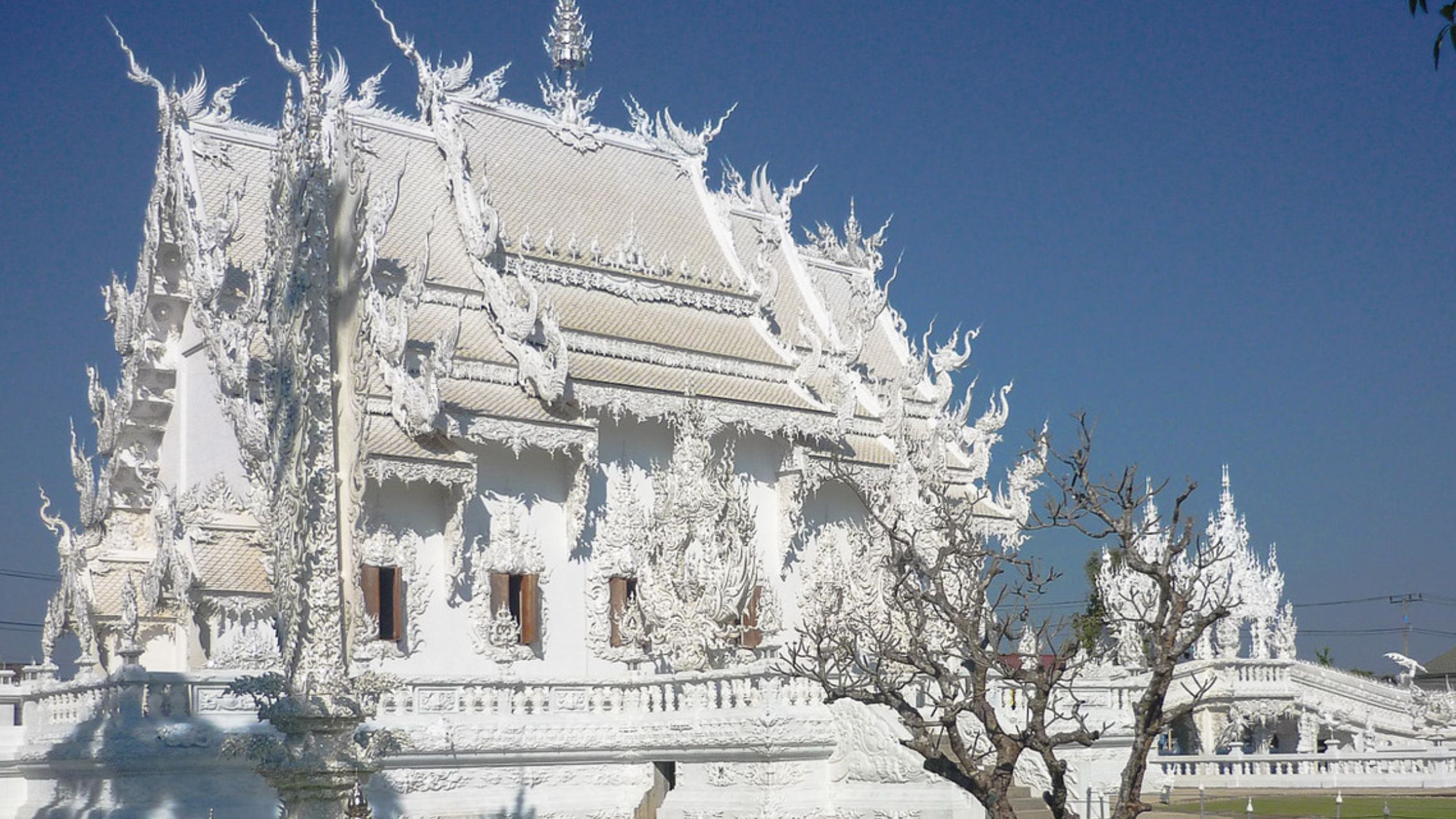
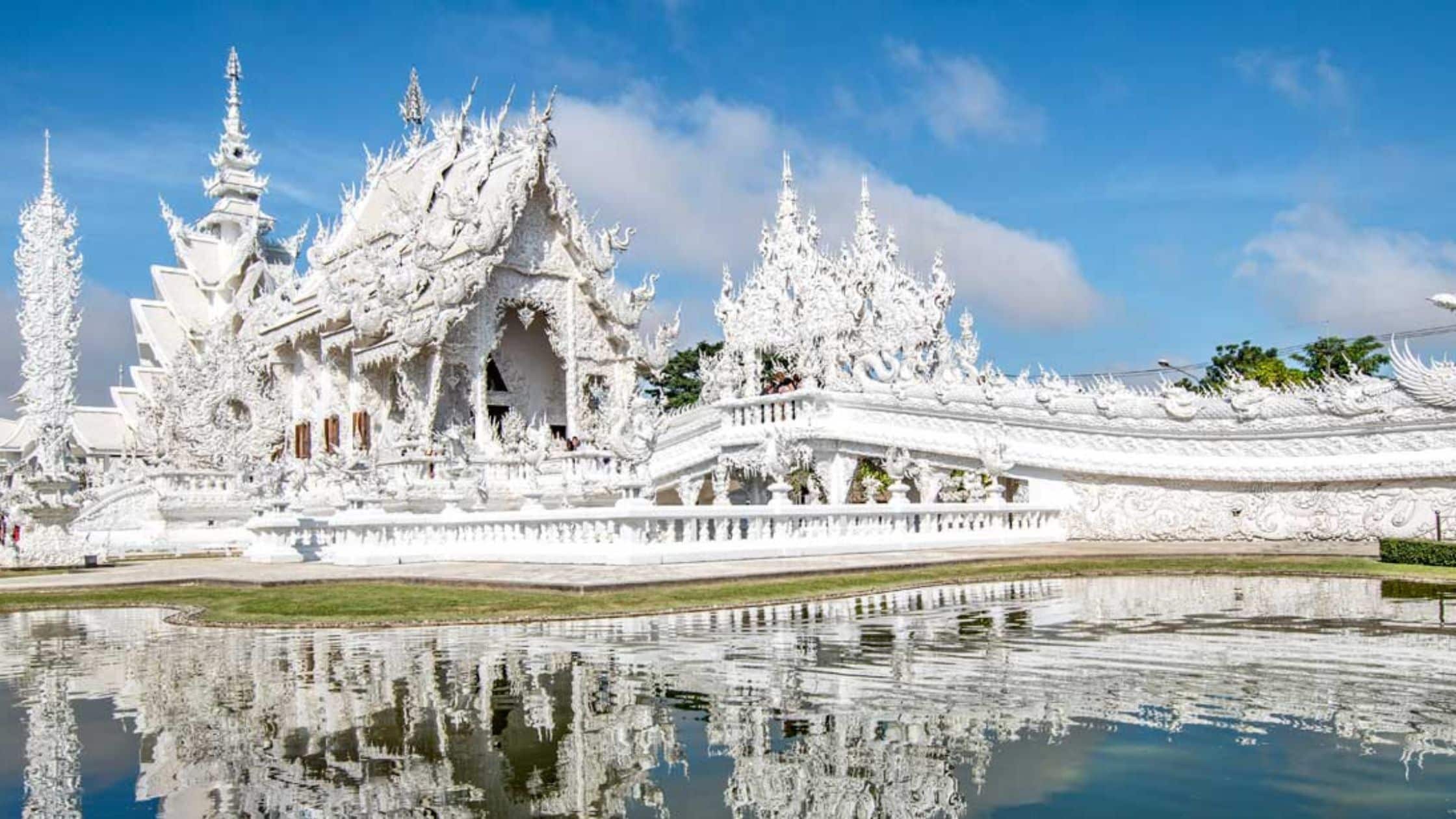
To enter the temple visitors must first cross a bridge over a pool of hands reaching up from the depths, which represents the cycle of rebirth and the importance of letting go of desires.
Over the years Wat Rong Khun has become a popular tourist destination in Thailand and it’s no wonder why, its beauty, spirituality, and surrealism are something to behold.
Central Roofing Company Headquarters
555 W. 182nd Street
Gardena, CA 90248
310-527-6770

Get A Quote
One of our roofing estimators will gladly meet you to discuss your options and follow up with a free, no-obligation, written estimate.
At Central Roofing Company, we understand that a sturdy and reliable roof is crucial for the success and safety of your commercial property. Our team of highly skilled and trained roofing professionals is committed to delivering exceptional craftsmanship and superior service in every project we undertake.
555 W. 182nd St. Gardena, CA 90248
Ph: 310-527-6770
Our Office Locations:
Our Services
CA license #684960 – Central Roofing, 2024 ©All Rights Reserved | Terms of Use | Privacy Policy | Built by Dymic
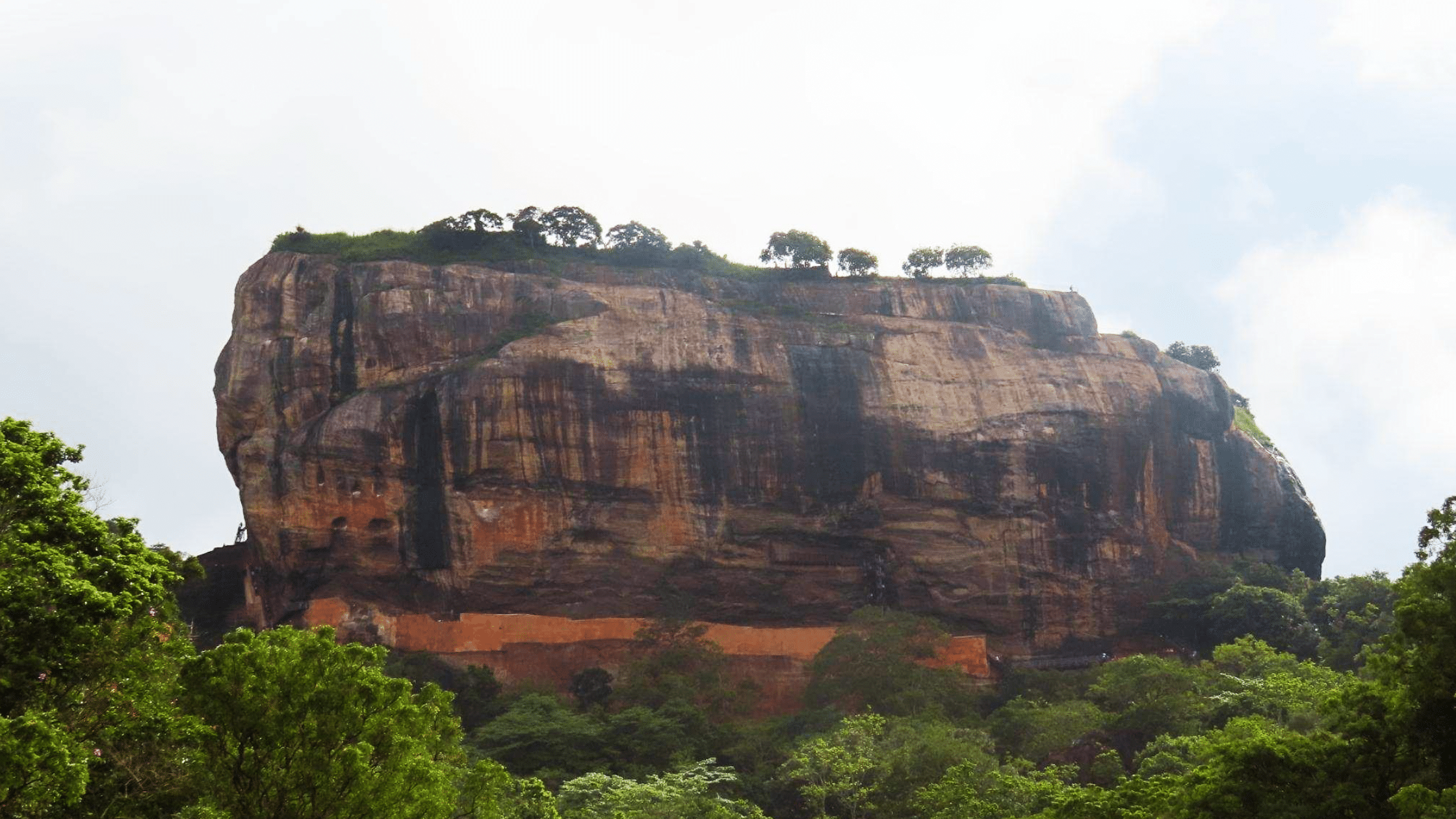

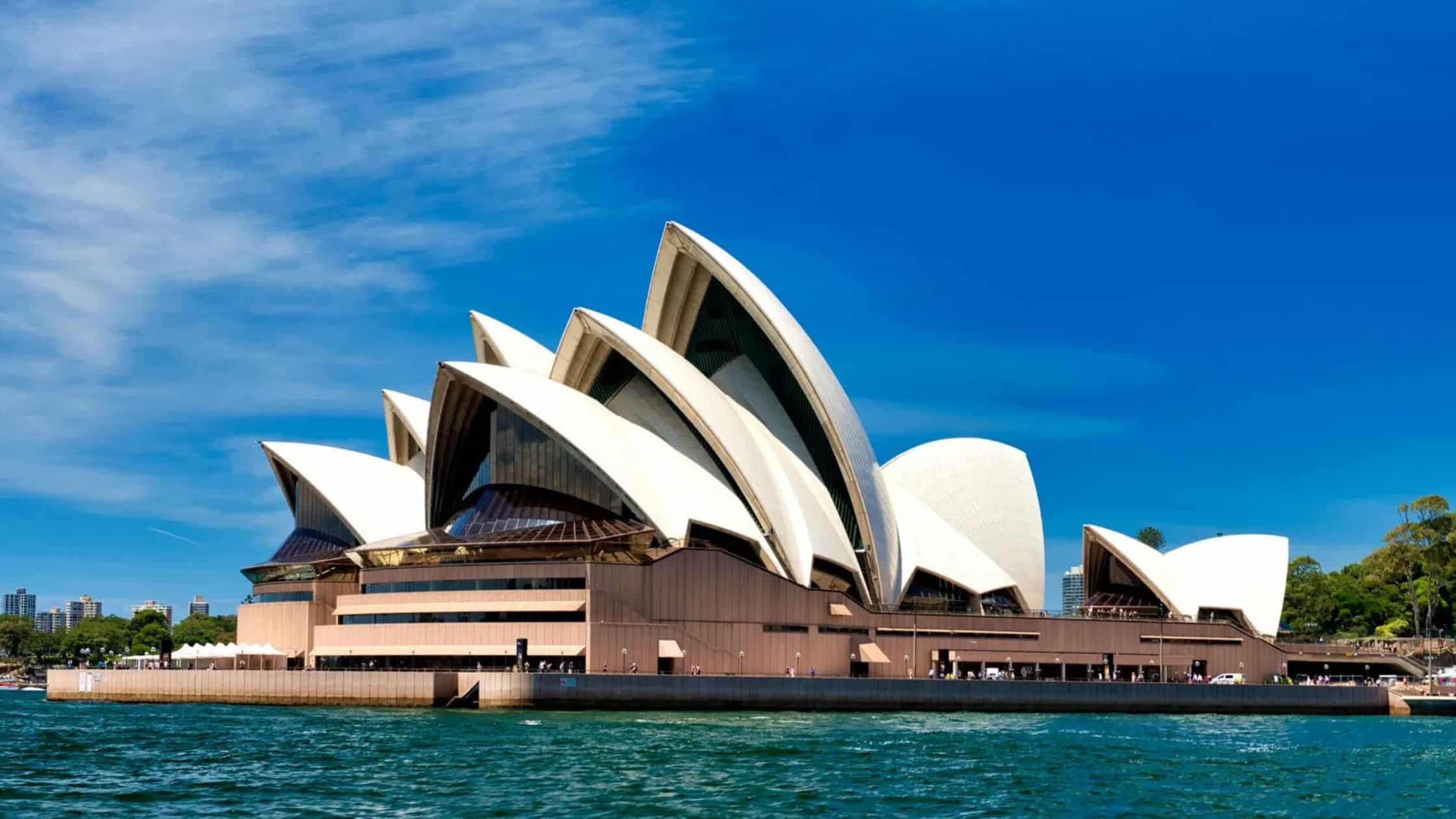 8. Royal Pavilion, Brighton, England, UK
8. Royal Pavilion, Brighton, England, UK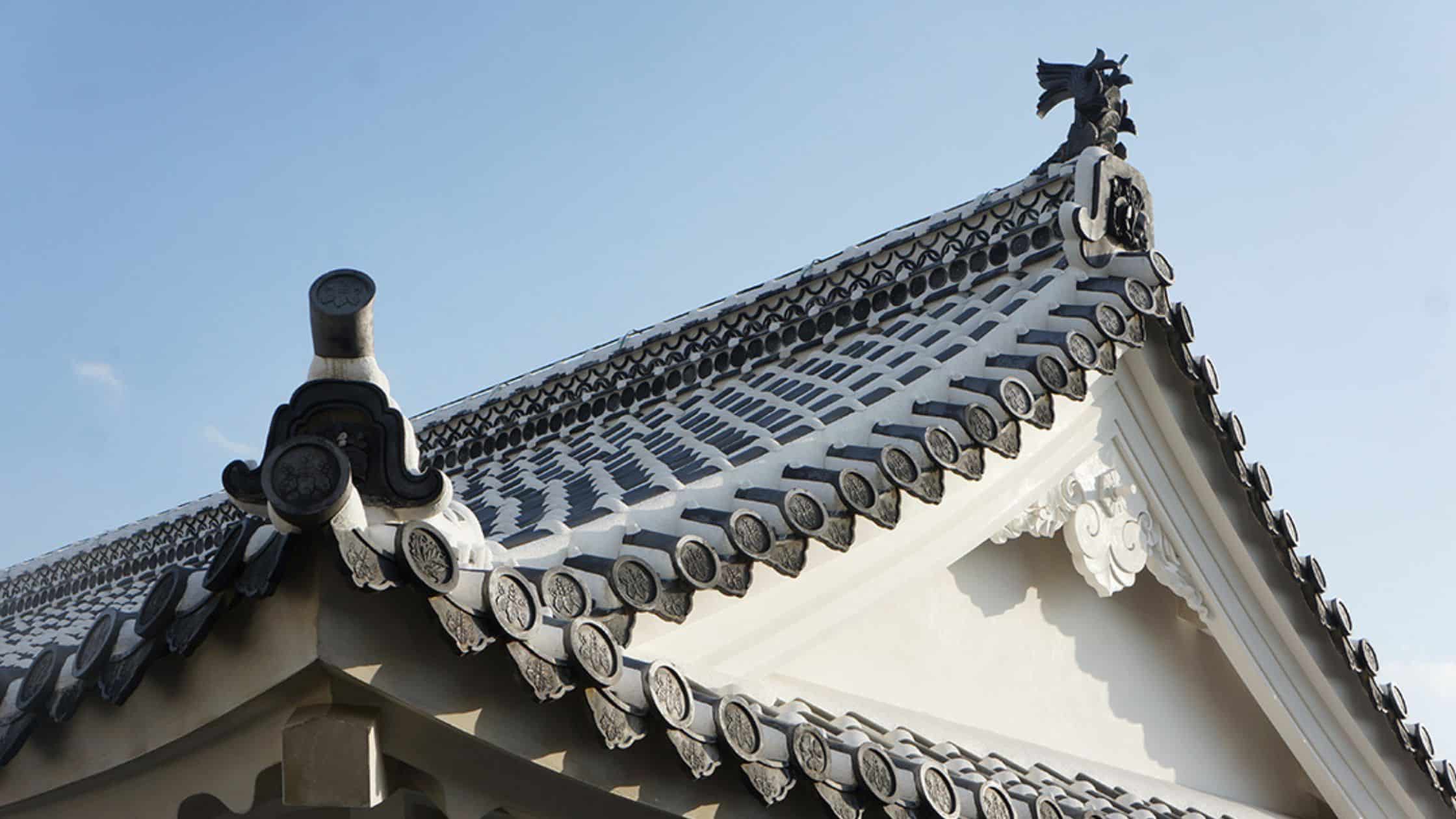 4. Blue Domed Rooftops Oia, Greece
4. Blue Domed Rooftops Oia, Greece
